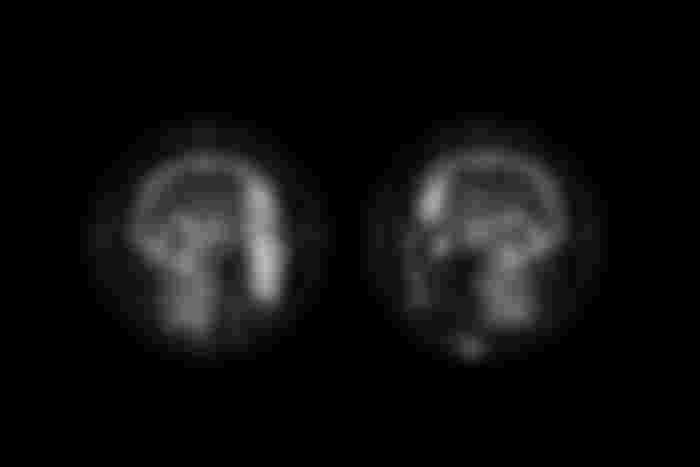When we talk about empathy, we are often talking about empathy, including how we feel, how we interact, and how we perceive the emotional stimuli we receive. The three parts of empathy describe empathy with us.
Cognitive Empathy Understanding Others' Frame of Reference
Emotional empathy the ability to respond with appropriate emotions.
Physical Empathy The physical response is related to the process of empathy.
When we feel someone's love for us, we first use cognitive empathy to feel their love for us. Then we respond to our love for them with emotional compassion. Finally, the love we feel can cause physical reactions, such as a speeding up of the heart. It's physical sympathy.

For quite a long time, people have given a great deal of thought to what in particular isolates them from the creatures. Even though there are many contrasts between us and creatures, many contend that it is our prevalent thinking capacities that really separates us. In later years, we've directed our concentration toward what recognizes people from machines. In a short measure of time, man-made brainpower science has progressed so rapidly that PCs currently appear to be more human than any time in recent memory. The best obstruction in making computerized reasoning isn't making something smart. The test is making something that appears to be human. All through the short history of computerized reasoning science, various tests have been suggested that will separate between obvious man-made brainpower and a wannabe.
The Turing Test
Alan Turing, a British codebreaker who roused the film The Imitation Game, was one of the pioneers of man-made consciousness science. He proposed a test he called the impersonation game, later renamed the Turing Test, that would recognize whether a machine could be supposed to be misleadingly shrewd. The test is basic in idea however incredibly hard to really pass. The test works by having a machine carry on a discussion with a human going about as a judge. If the human can't separate a machine from a human through discussion alone (the human doesn't will see the machine so it doesn't need to look human) at that point it is said to have finished the Turing Assessment.

Deceiving the Turing Test
What Alan Turing couldn't have anticipated is the naughty idea of software engineers who might embark to devise a machine that could deceive his test instead of exemplifying genuine man-made reasoning. Just over the most recent few years have machines had the option to fool human-appointed authorities into accepting they're carrying on a discussion with another human. The issue with these machines is they can do a certain something, and one thing in particular.
The Lovelace Test
Since the Turing Test has been dominated, a test proposed in 2001 by Selmer Bringsjord, Paul Bello, and David Ferrucci called the Lovelace Test is being utilized to recognize the man from machine. For the Lovelace Test, a human appointed authority asks a false insight machine to make some piece of workmanship, either a sonnet, story, or picture. Next, the human appointed authority gives a standard, for instance, compose a sonnet about a feline. On the off chance that a machine can follow this bearing, it's supposed to be adequately human.
What might be said about sympathy?
As of late, there have been some considered what society truly looks for from a misleadingly canny machine. It's incredible if they can carry on a discussion or produce workmanship, yet what might be said about those human feelings that put us aside from machines. In a new board conversation at Robotronica 2015, specialists examined what human feelings would be significant for computerized reasoning to acquire. Compassion was first on the rundown.

